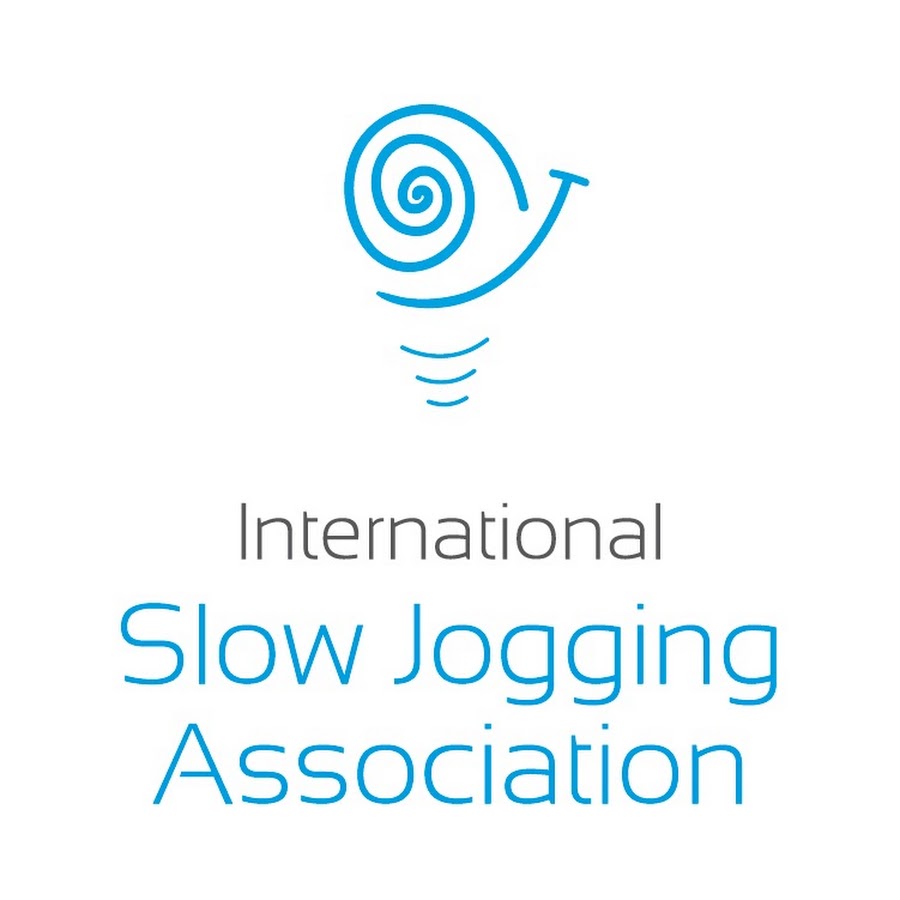Niko Niko Slow Jogging Explained
What is it?

Don't feel like reading this entire article? All good, I made an AI podcast discussing it here:
In a world often obsessed with high-intensity workouts and athletic performance, Niko Niko jogging offers a refreshing alternative. Developed by Japanese physiologist Professor Hiroaki Tanaka, this slow-paced, smile-inducing exercise (the term "Niko Niko" translates to "smile" in Japanese) redefines fitness by prioritizing enjoyment, accessibility, and sustainability. By combining gentle movement with mindfulness, Niko Niko jogging has garnered global attention for its physical and mental health benefits, appealing to everyone from casual exercisers to endurance enthusiasts.
A Brief History: From Fukuoka to the World
The origins of Niko Niko jogging trace back to Fukuoka University, where Professor Tanaka spent decades studying the intersection of human physiology and exercise. His research revealed that early humans relied on endurance running for survival, using slow, sustained paces to hunt and travel long distances. Inspired by this evolutionary insight, Tanaka developed a modernized version of this natural movement, emphasizing a pace slow enough to maintain conversation and smiles—hence the name.
Tanaka’s method gained international traction after he demonstrated the technique at the 2011 Boston Marathon. His book, Slow Jogging: Lose Weight, Stay Healthy, and Have Fun with Science-Based, Natural Running, further popularized the practice, while organizations like the U.S. Air Force began exploring its potential for injury-free fitness training.
The Science Behind the Smile
At its core, Niko Niko jogging is rooted in physiology. By maintaining a relaxed pace—typically between 2–4 miles per hour—the body primarily engages slow-twitch muscle fibers, which are optimized for endurance and fat metabolism. This contrasts with high-intensity workouts that rely on fast-twitch fibers, which fatigue quickly.
- Aerobic Efficiency: The practice enhances the body’s ability to use oxygen efficiently, improving stamina and fat-burning capacity. Studies suggest this steady-state activity trains the heart to pump more effectively, lowering resting heart rates and blood pressure over time.
- Injury Prevention: The low-impact nature of Niko Niko jogging reduces stress on joints and muscles, making it ideal for older adults or those recovering from injuries.
Mental and Emotional Benefits
Beyond physical gains, Niko Niko jogging fosters mental well-being. Its meditative rhythm encourages mindfulness, reducing stress and anxiety. Research highlighted in the Mayo Clinic Proceedings notes that low-intensity aerobic exercise can elevate mood by stimulating endocannabinoids—natural compounds linked to relaxation and happiness. Unlike the adrenaline spikes of intense workouts, Niko Niko’s gentle pace avoids triggering the body’s stress response, creating a calming effect that participants often describe as “moving meditation.”
How to Practice Niko Niko Jogging
- Find Your Pace: Aim for a speed where you can comfortably chat or sing. For many, this resembles a brisk walk.
- Focus on Form: Land mid-foot with short, light steps to minimize impact. Keep posture upright and shoulders relaxed.
- Start Small: Begin with 10–20 minute sessions, gradually increasing duration as endurance improves.
- Embrace Joy: Prioritize enjoyment over speed or distance. Pair jogs with socializing or scenic routes to enhance the experience.
While praised for its inclusivity, Niko Niko jogging faces skepticism from fitness communities that advocate for high-intensity interval training (HIIT) to boost athletic performance. Critics argue that exclusive focus on low-intensity exercise may limit gains in speed or strength. However, proponents counter that Niko Niko serves as a sustainable foundation, complementing—rather than replacing—other workouts. Tanaka himself emphasizes balance, suggesting incorporating occasional sprints or hills for varied training.
Niko Niko jogging has transcended its Japanese roots, fostering a global community centered on inclusivity and mindfulness. From running clubs in Europe to wellness programs in the U.S., its appeal lies in democratizing fitness—removing barriers of age, skill, or competitiveness. Social media groups and virtual challenges further amplify its reach, with participants sharing stories of weight loss, stress relief, and renewed joy in movement.
Niko Niko jogging is more than an exercise trend; it’s a philosophy that reconnects individuals with the innate pleasure of movement. By blending science with simplicity, it offers a sustainable path to health that respects the body’s limits while nurturing mental resilience. In an era where burnout and overexertion are common, this “smiling jog” reminds us that fitness need not be grueling to be transformative. As Professor Tanaka envisioned, it’s a practice meant to last a lifetime—one joyful step at a time.
Resources:

